Before CGI, before green screens, and before studio cars were built on electric platforms, there was the 1976 Ford Gran Torino—roaring down city streets in the middle of a televised car chase. Thanks to Starsky and Hutch, this red-and-white cruiser wasn’t just a background prop—it became one of TV’s most recognizable cars.
Nicknamed the “Striped Tomato,” the Gran Torino wasn’t a full-on muscle car, but it looked the part. It had the stance, the size, and enough V8 under the hood to light up the screen. Here’s a look at what made this ’76 Ford such an unforgettable part of TV history.
1. The Bright Red Paint and White Stripe Made It a Star
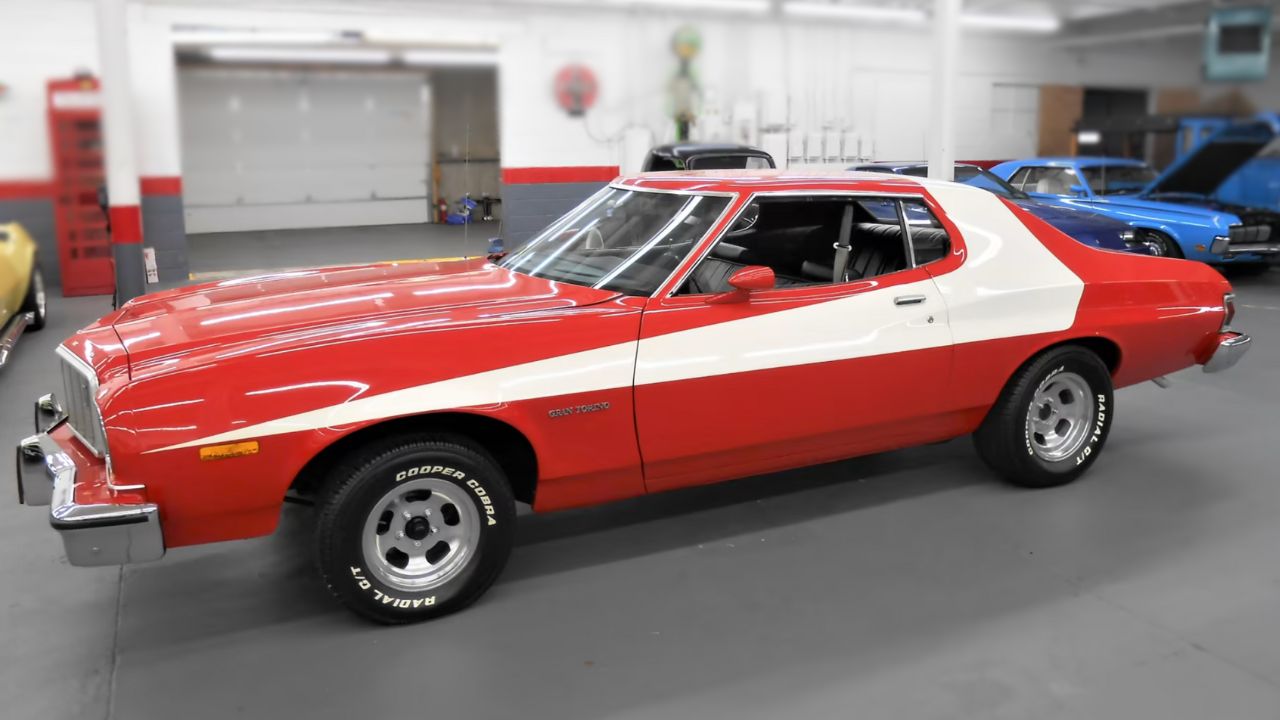
The Gran Torino’s factory red wasn’t anything special—until Ford added that massive white vector stripe that ran from the hood to the rear quarter panels. That loud, high-contrast look wasn’t subtle, but it was perfect for TV.
The color combo was chosen to make the car stand out in fast-paced chase scenes. Nicknamed the “Striped Tomato,” the car wasn’t just a background prop—it became a signature part of the show’s visual identity.
2. It Wasn’t a Muscle Car, But It Looked the Part
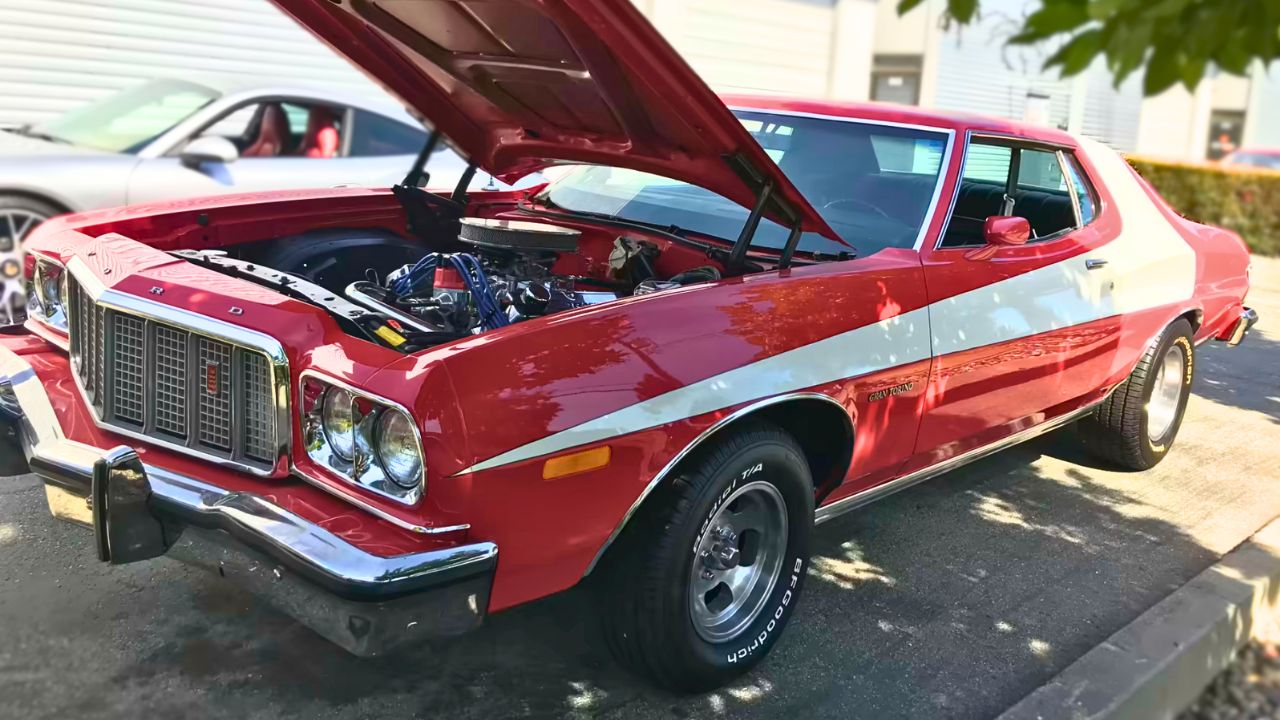
The 1976 Gran Torino looked fast even when it was parked. With its long hood, short deck, and aggressive grille, it had all the muscle car attitude—minus the raw performance of earlier models.
By the mid-’70s, emissions standards had started choking power output. Most Torinos came with a 351 or 400 cubic-inch V8, putting out around 160 to 180 horsepower—not exactly drag strip material, but enough to squeal the tires for TV.
3. It Rode on a Full-Size Chassis
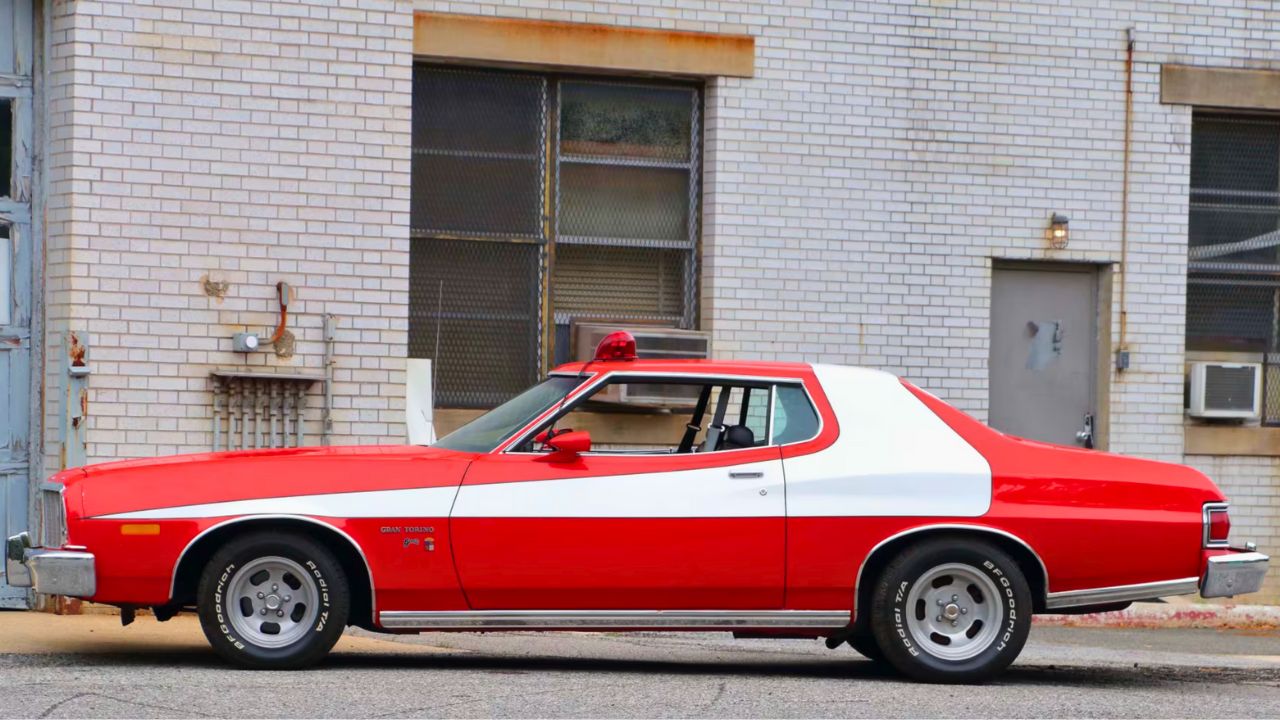
The Gran Torino shared its platform with other full-size Fords, giving it a big footprint and a smooth ride. At nearly 17 feet long, it wasn’t nimble, but it handled freeway runs and power slides with style.
The car used a coil spring suspension front and rear, tuned more for comfort than cornering. But in the hands of a stunt driver, it could swing that big body through a chase scene like nobody’s business.
4. Ford Built a Special Run Just for the Show
Due to the success of Starsky and Hutch, Ford ended up producing a limited edition Gran Torino replica for the public. Around 1,000 units were built in 1976 with the exact red paint and white stripe design.
These cars weren’t just cosmetic clones—they often came with the 460 V8, giving them more power than the ones used in the show. It was one of the earliest examples of a TV car creating real-world demand.
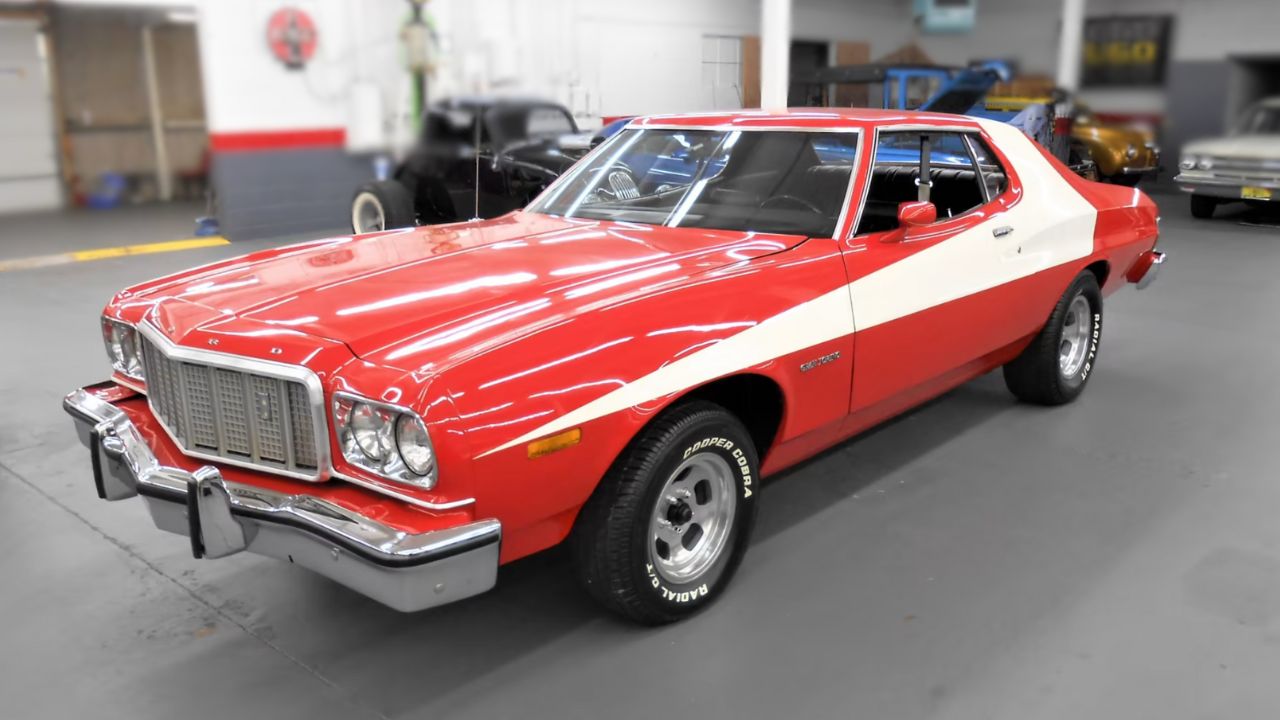
5. The Interior Was All 1970s
Inside the Gran Torino, you got big bench seats, woodgrain dash trim, and analog gauges. It wasn’t fancy, but it had everything a mid-’70s cruiser needed—AM/FM radio, A/C, and plenty of headroom.
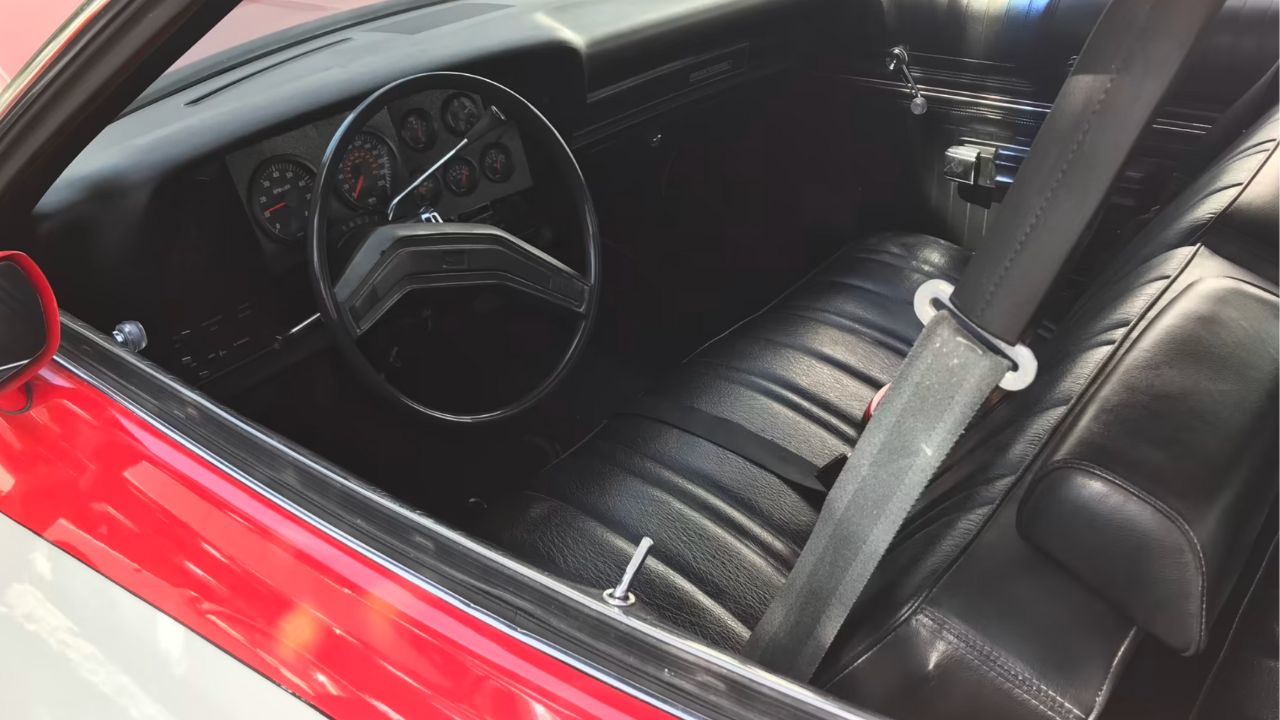
On the show, most interior shots were done on a soundstage, but the real car’s cabin was wide and functional. It wasn’t sporty, but it matched the car’s laid-back but capable vibe.
6. The 460 V8 Was the Top Dog Under the Hood
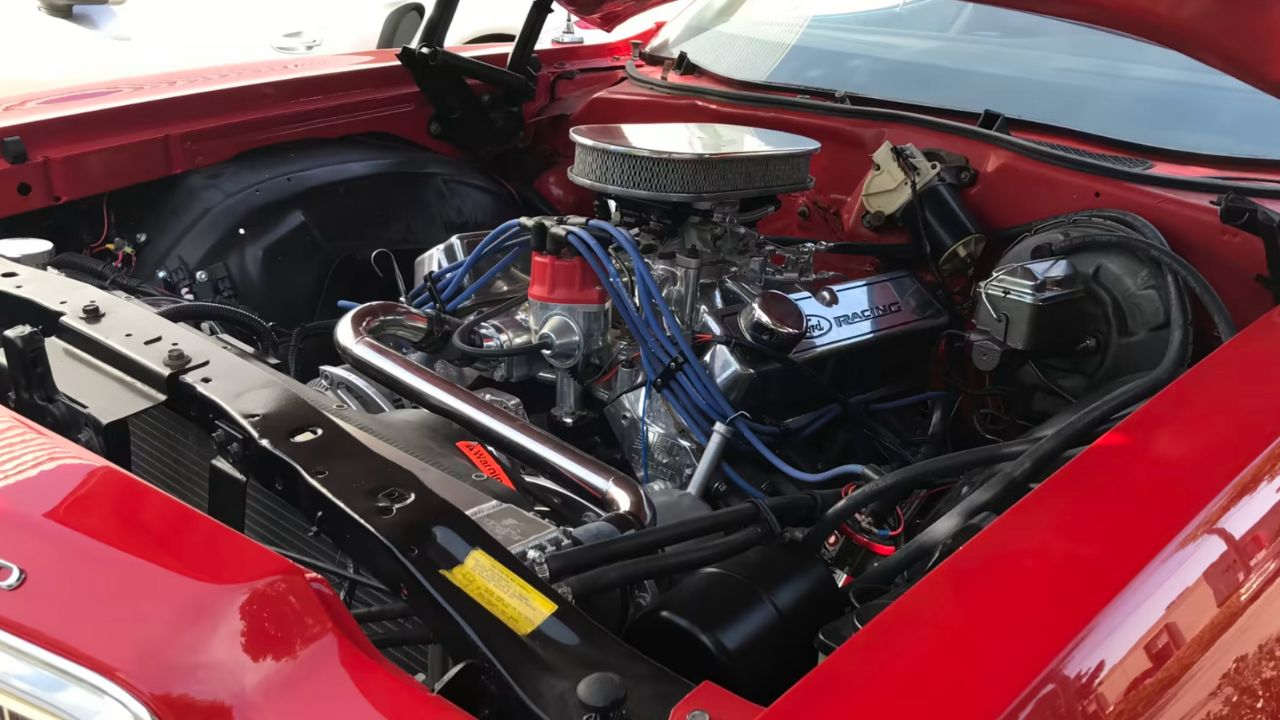
If you wanted the most grunt from your Gran Torino, you went with the optional 460-cubic-inch V8. Rated at around 202 horsepower and 352 lb-ft of torque, it wasn’t record-breaking, but it had serious low-end pull.
For a full-size car tipping the scales at over 4,000 pounds, torque was everything. The 460 gave the Gran Torino enough muscle to handle the demands of long chase scenes—or just leaving rubber in a mall parking lot.
7. It Was a Stuntman’s Workhorse
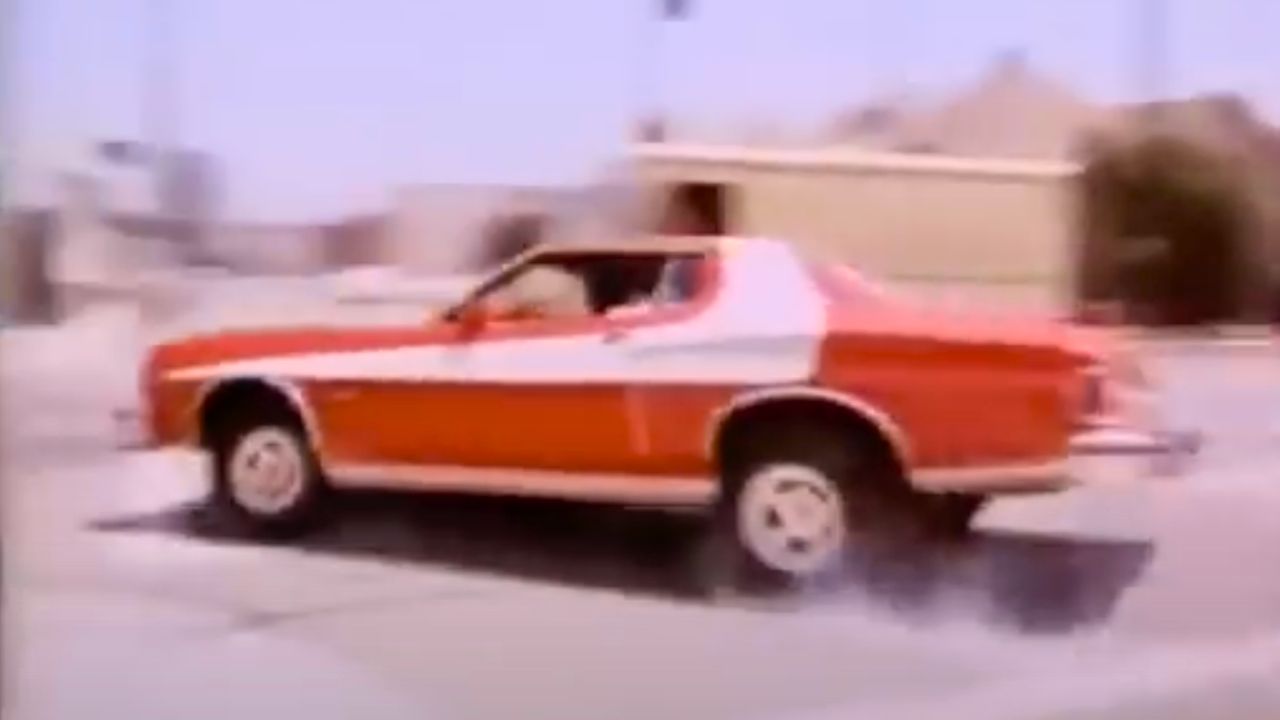
The show went through multiple Gran Torinos during production—some for beauty shots, others for abuse. The stunt cars were reinforced, lightened where possible, and often had upgraded suspensions and brakes.
From flying over hills to sliding around corners, the Torino had to look good and hold together. The show’s action scenes wouldn’t have been the same without that big red Ford barreling through frame like a runaway freight train.
8. It Became a Pop Culture Icon Overnight
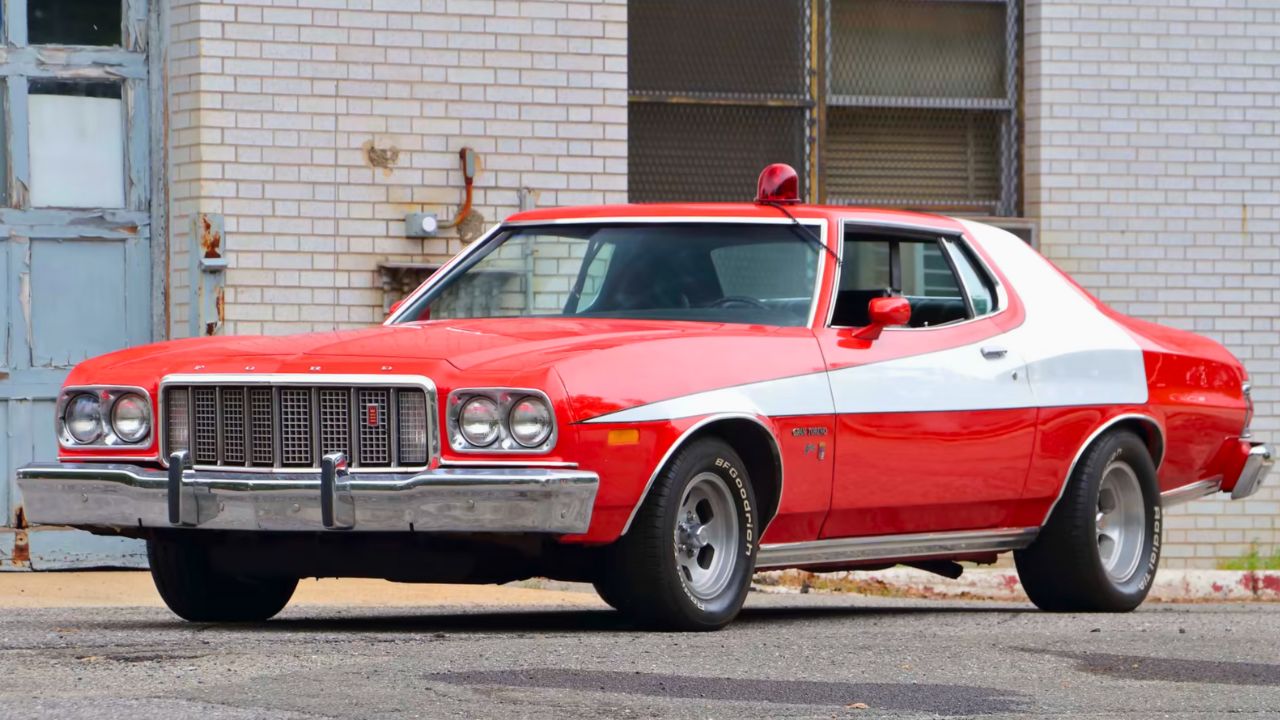
The Gran Torino wasn’t just another screen-used car—it became a piece of 1970s pop culture. Toy companies made model kits and die-cast replicas, posters went up in kids’ rooms, and the “Striped Tomato” nickname stuck.
Even people who didn’t watch the show knew the car. That’s rarefied air—joining ranks with the General Lee, the Batmobile, and KITT as one of TV’s most recognizable rides.
9. It Reappeared in the 2004 Movie Remake
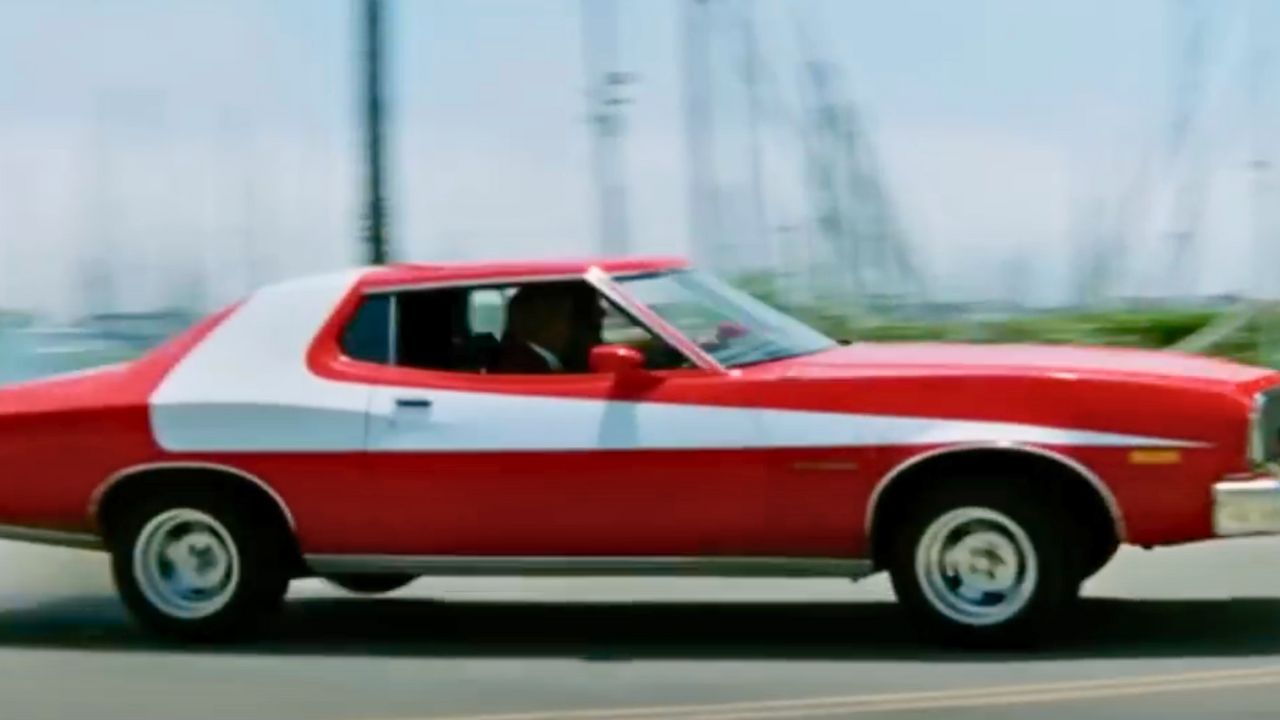
When Starsky & Hutch hit the big screen in 2004, the Gran Torino came back with it. The filmmakers made sure the car was front and center again, complete with the same red paint and white stripe.
While the movie was more of a spoof, the car was played straight—and it reminded a new generation just how good that ’70s iron looked rolling through city streets, tires squealing and engine roaring.
10. Real-Life Gran Torino Fans Keep the Legacy Alive
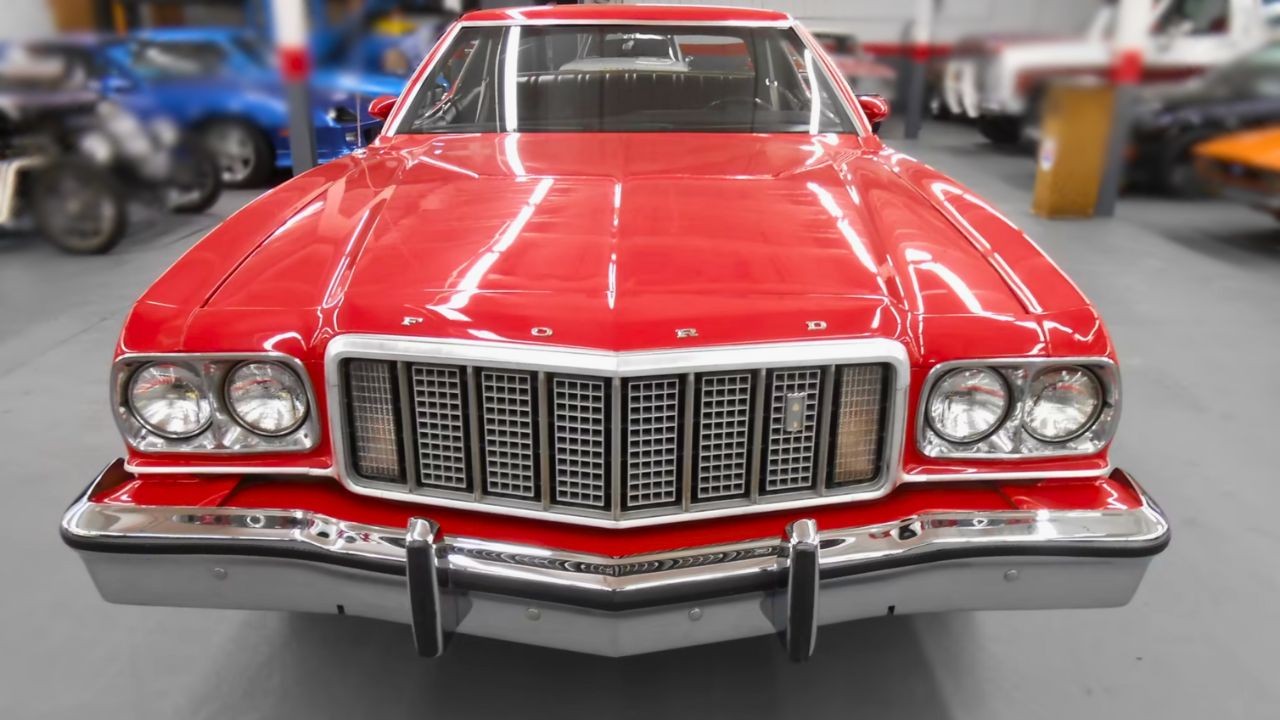
Today, original 1976 Gran Torinos—especially factory Starsky & Hutch editions—have a loyal following. Some are full restorations, others are daily drivers kept in tribute spec, right down to the white stripe.
There are clubs, websites, and meetups dedicated to keeping these cars on the road. For fans of the show and muscle-era survivors alike, the Gran Torino still hits that nostalgic sweet spot like few others.
*This article was hand crafted with AI-powered tools and has been car-fully, I mean carefully, reviewed by our editors.

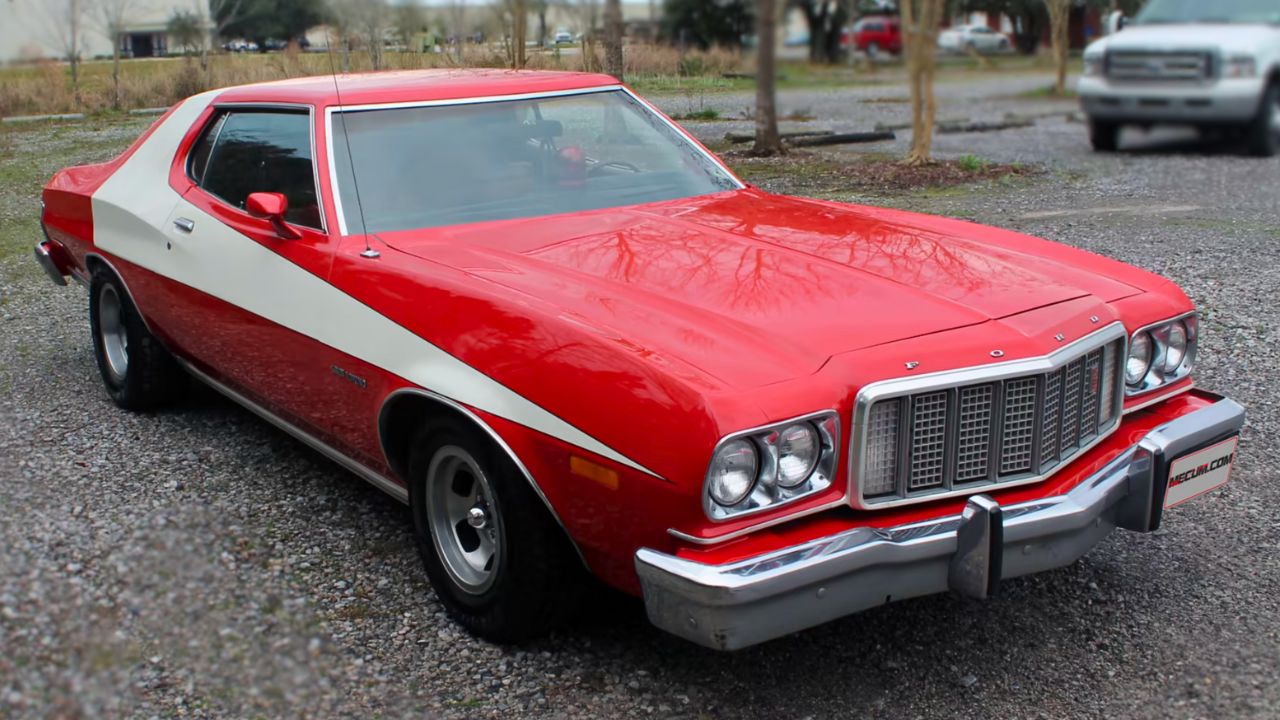
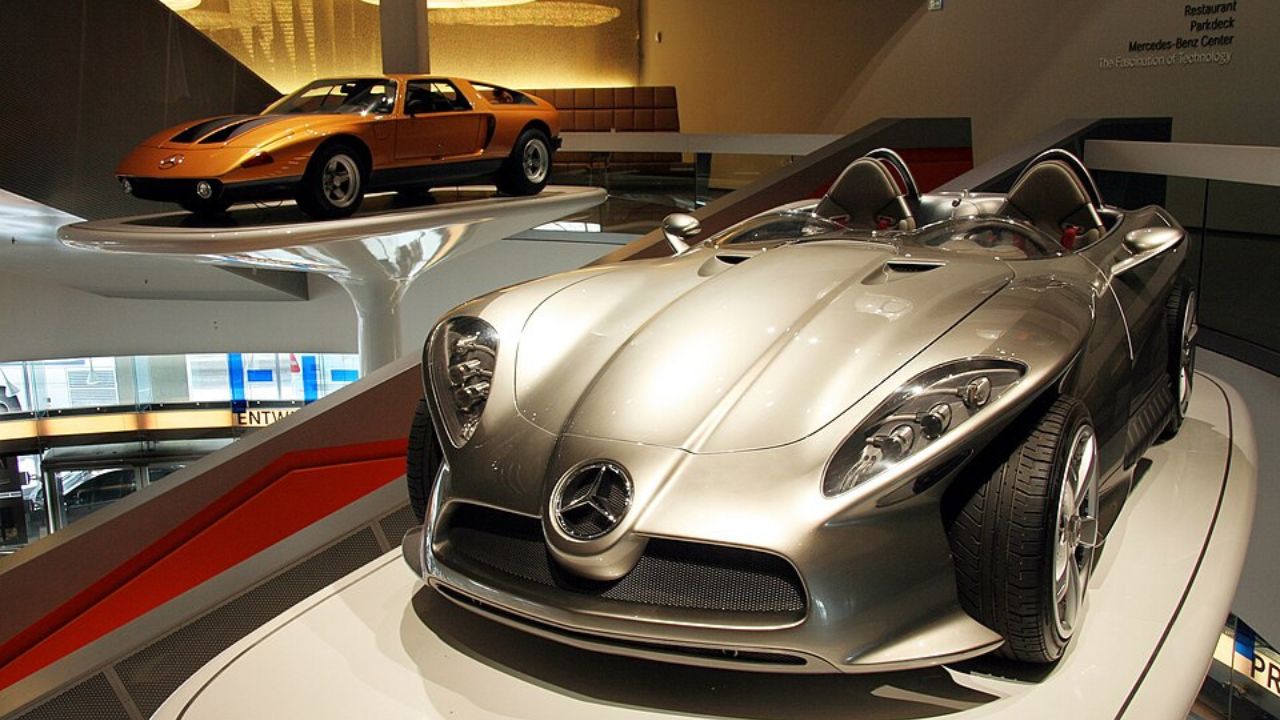
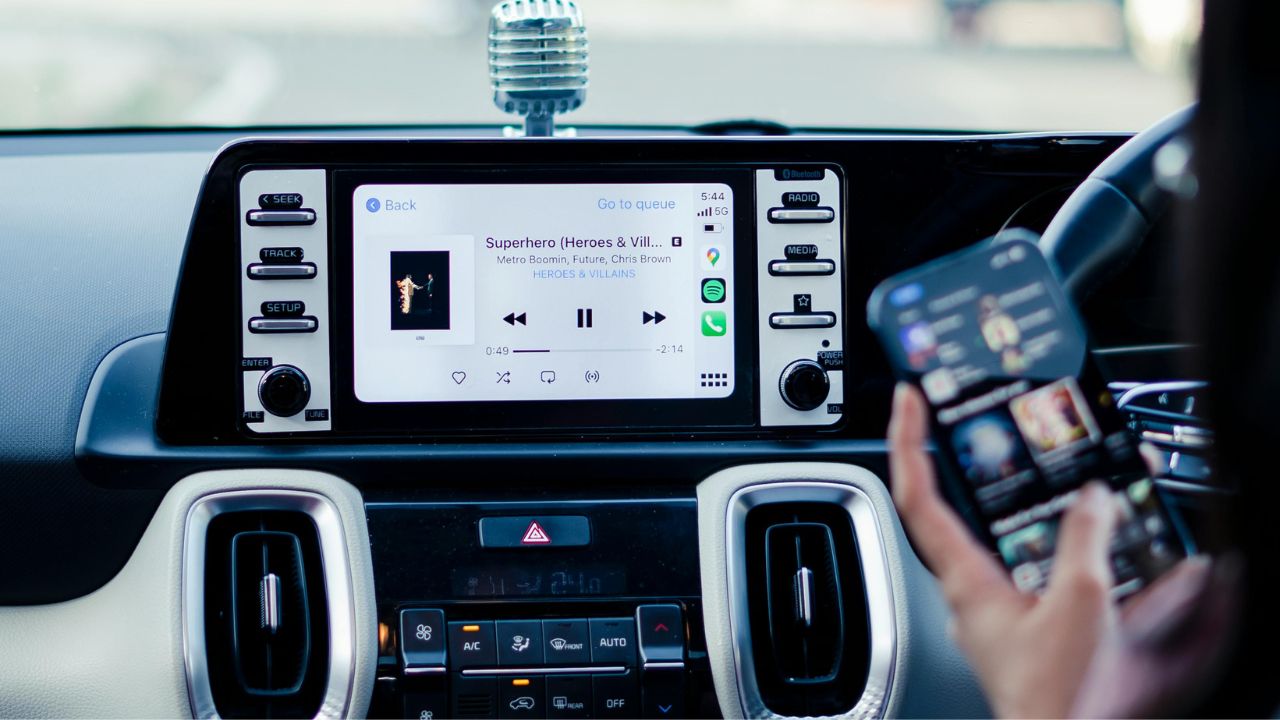
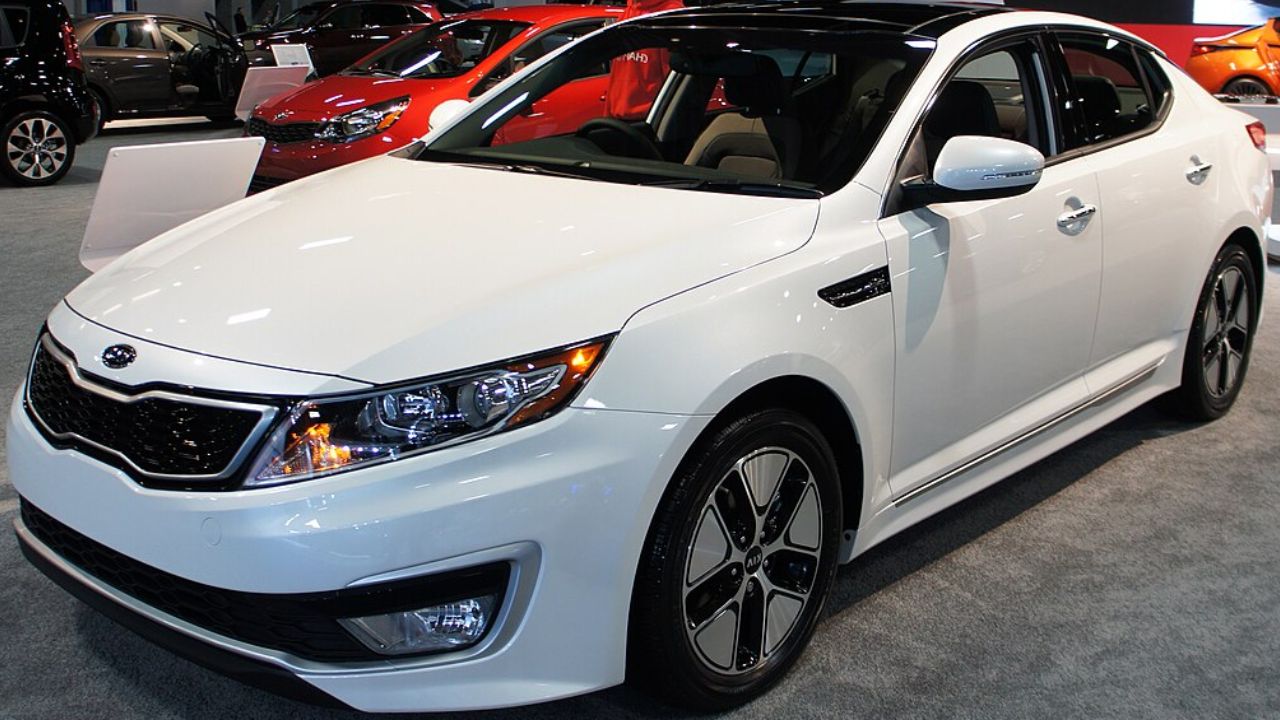
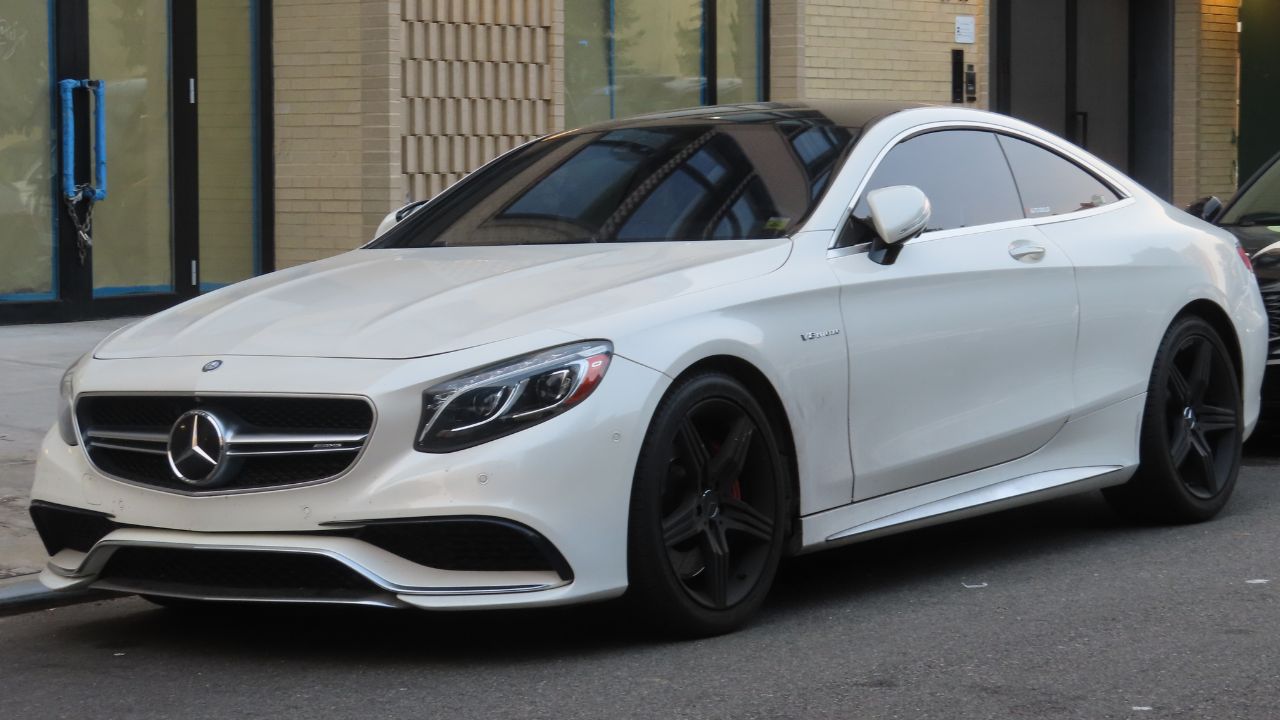
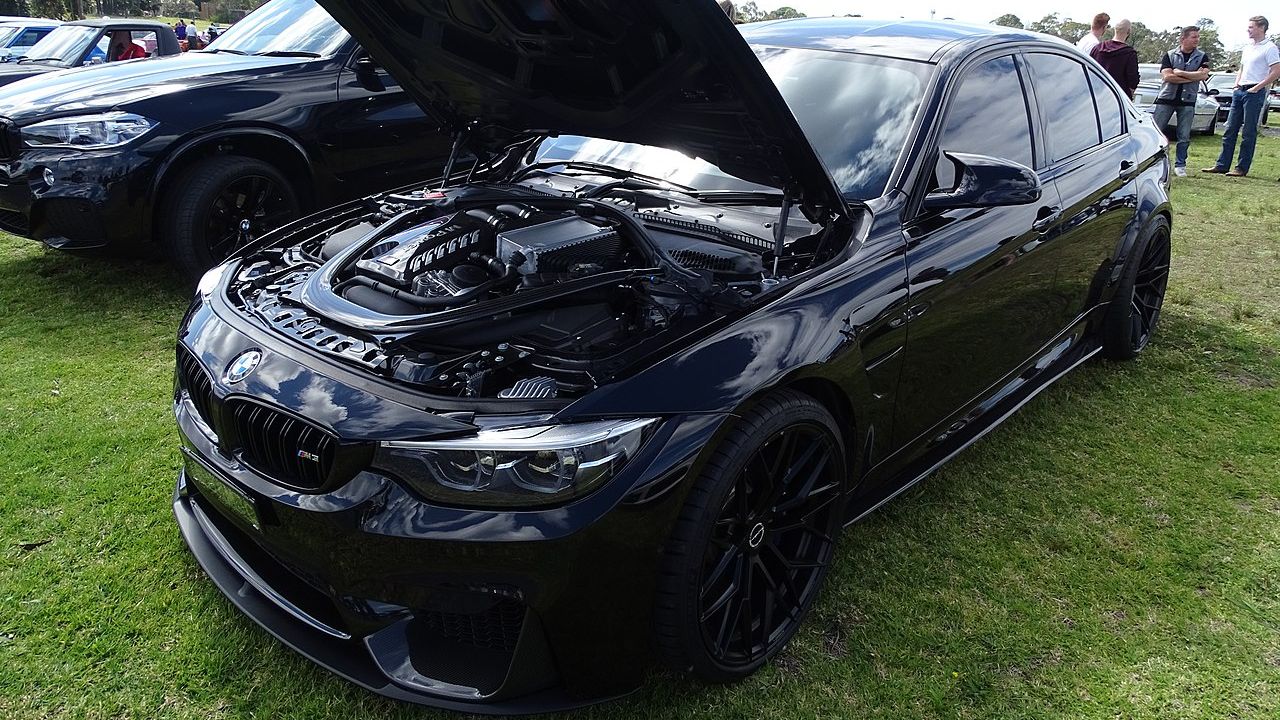
Leave a Reply